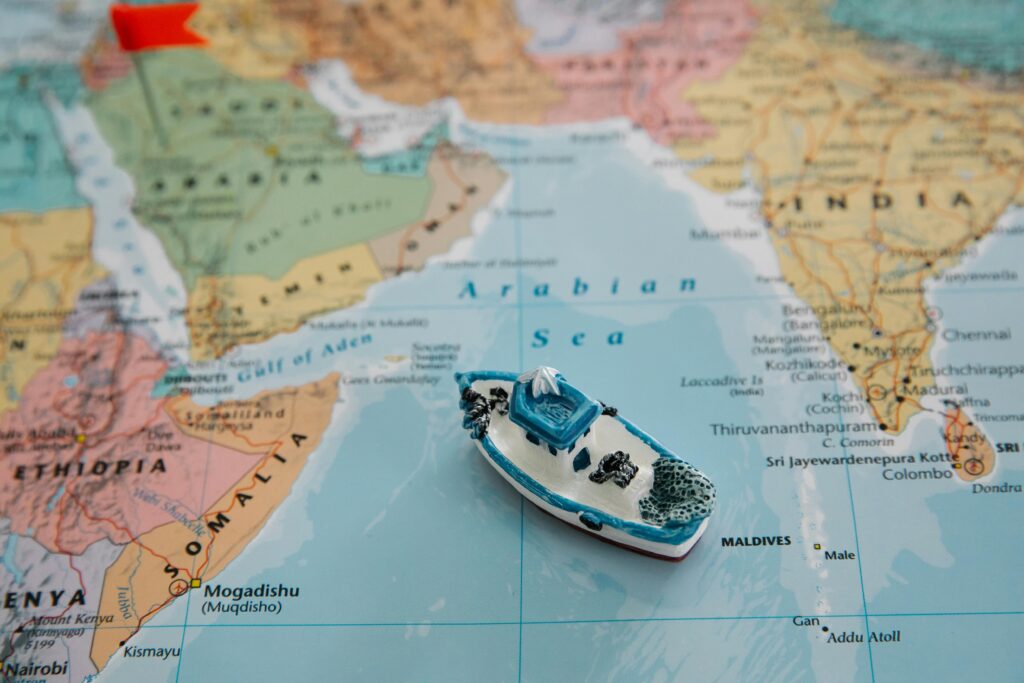
Medical Tourism: A Growing Global Phenomenon
Medical tourism refers to the practice of traveling across international borders to obtain medical treatment. Over the past two decades, it has evolved into a booming global industry, with millions of patients seeking affordable, timely, and high-quality healthcare services abroad.
Why Medical Tourism is Growing
Several factors contribute to the rise in medical tourism:
Cost Savings: In countries like the United States or the UK, healthcare costs can be prohibitively expensive. Patients often travel to countries like India, Thailand, Mexico, or Turkey, where treatments can cost a fraction of the price without compromising on quality.
High-Quality Care: Many medical tourism destinations boast internationally accredited hospitals, skilled doctors trained in Western countries, and state-of-the-art medical technology.
Shorter Wait Times: In countries with nationalized healthcare systems, long waiting periods for procedures can drive patients to seek faster treatment elsewhere.
Availability of Advanced Procedures: Some countries offer treatments that may not be available or approved in a patient’s home country, such as stem cell therapy or specialized cosmetic surgeries.
Combining Treatment with Travel: Patients often use the opportunity to recuperate in beautiful, relaxing environments, combining medical care with tourism.
Popular Treatments in Medical Tourism
Cosmetic surgery: Facelifts, rhinoplasty, liposuction, and more.
Dental procedures: Implants, crowns, and cosmetic dentistry.
Orthopedic surgery: Joint replacements and spine surgeries.
Cardiac care: Bypass surgery, angioplasty, and valve replacements.
Fertility treatments: IVF and related reproductive technologies.
Wellness and alternative therapies: Ayurveda, acupuncture, detox retreats.
Top Destinations for Medical Tourism
Some of the most popular countries for medical tourism include:
India – Known for cardiac and orthopedic procedures.
Thailand – Renowned for cosmetic surgery and wellness centers.
Mexico – Offers dental and bariatric procedures at competitive rates.
Turkey – A hub for hair transplants and eye surgeries.
Singapore – Praised for advanced healthcare infrastructure.
Considerations and Risks
While medical tourism has many benefits, it’s important to be cautious:
Quality and Safety: Not all facilities meet international standards. Patients must research hospitals and practitioners thoroughly.
Post-operative Care: Follow-up care can be challenging if complications arise after returning home.
Legal and Ethical Issues: Varying legal protections across countries can impact patient rights and recourse.
Cultural and Language Barriers: Miscommunication can affect diagnosis, treatment, and recovery.
The Future of Medical Tourism
As global healthcare continues to evolve, medical tourism is expected to grow, driven by improved transportation, telemedicine consultations, and international hospital partnerships. With proper planning and research, it can offer an affordable and efficient alternative for many patients seeking high-quality medical care abroad.


